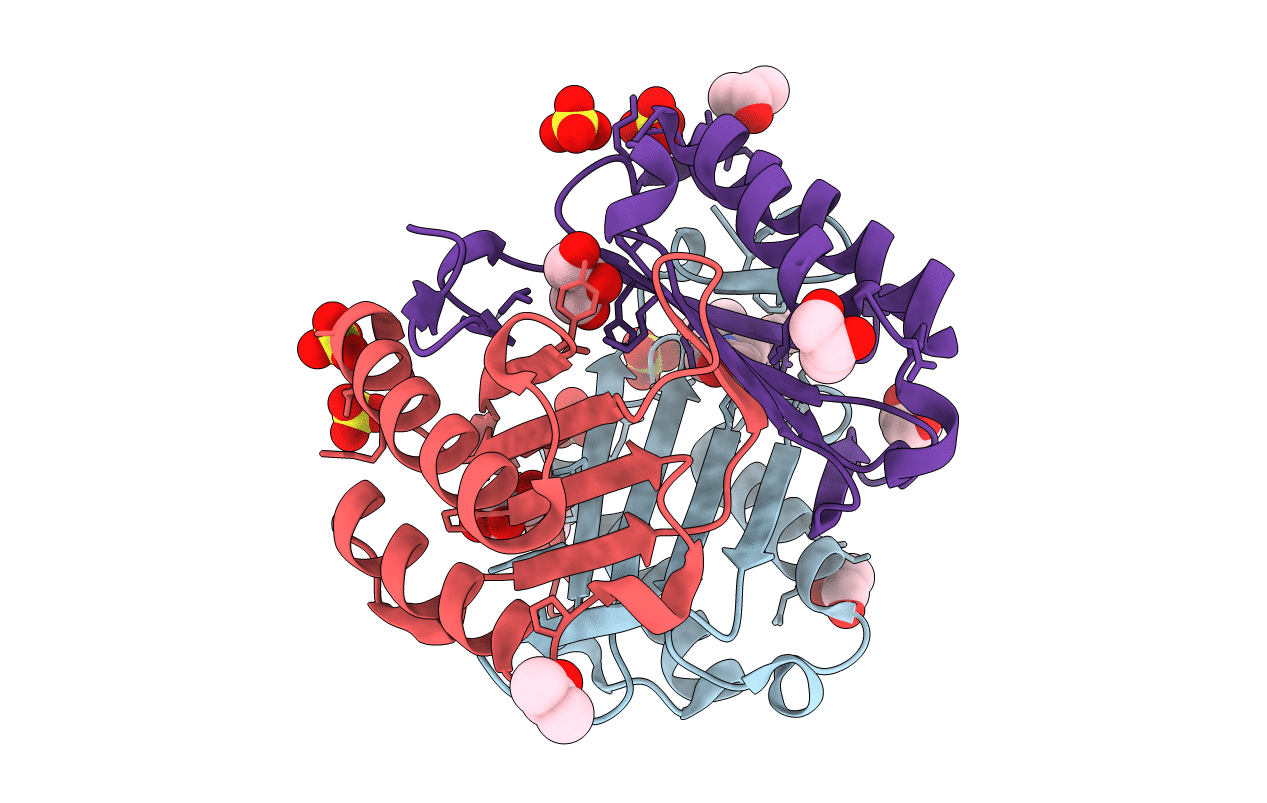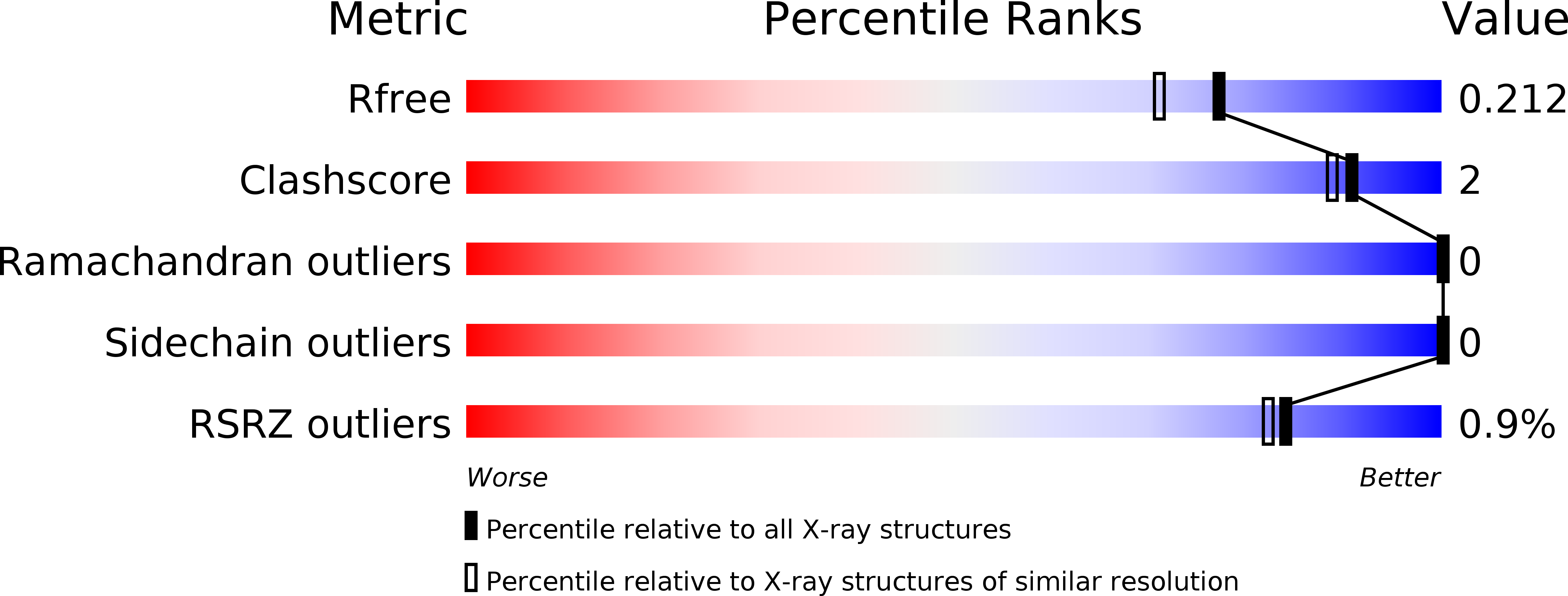
Deposition Date
2014-10-23
Release Date
2015-03-11
Last Version Date
2023-12-27
Entry Detail
PDB ID:
4WRB
Keywords:
Title:
Macrophage Migration Inhibitory Factor in complex with a biaryltriazole inhibitor (3b-190)
Biological Source:
Source Organism:
Homo sapiens (Taxon ID: 9606)
Host Organism:
Method Details:
Experimental Method:
Resolution:
1.81 Å
R-Value Free:
0.20
R-Value Work:
0.17
R-Value Observed:
0.17
Space Group:
P 21 21 21


